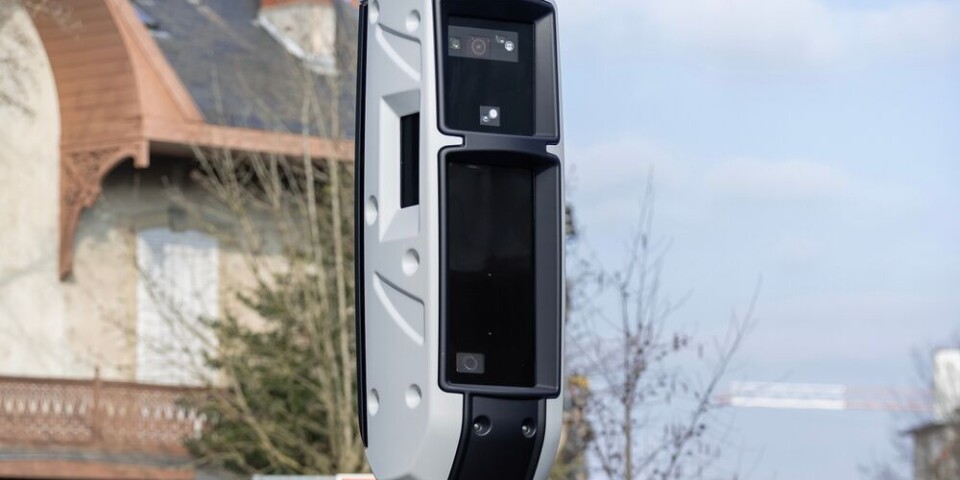-
Different ways to say hello in French
Enchanté, allô, coucou – learn French terms for greeting people
-
Make sense of… boating in France
Summer is almost upon us and many people will be taking to the water once more. We recap what paperwork you might need to get afloat
-
Greeting kisses in France: 5 regional expressions
We look at different terms used for ‘ se faire la bise ’ - the kiss on each cheek which is one of the most widespread greetings in France
Make sense of... La bise and other greetings
The art in la bise and other greetings can be a subtle, nuanced affair depending on situation and social milieu as well as geography. Here are some pointers to bear in mind, from essentials to very refined.

Saying bonjour!
A key part of French etiquette is to always say bonjour! to someone on meeting them for the first time in the day – or bonsoir! from the late afternoon (possibly replaced by a casual Salut! for people you are very relaxed and friendly with). This also applies on going into a shop (say Au revoir! on leaving) on approaching an official or asking directions. If in doubt, especially with someone you do not know (well) or who is significantly older, add Monsieur or Madame, for extra courtesy.
Handshakes and bises (cheek kissing)
A handshake or bise is common when greeting someone for the first time in the day, or when leaving them at the end of an evening. Handshakes are most common among men and also in business settings among colleagues when arriving or at a meeting (etiquette teacher Sébastien Talon of blog Usages et Convenances warns that a handshake between a man and woman at a private event can be seen as colder than a nod).
Among colleagues some people do la bise, especially with those they know well or work closely with, while a few trendy workplaces go for le check – a matey slap of the hands.
In some places, meanwhile, especially if there are a lot of people, Bonjour! suffices but manners experts recommend looking at people and smiling while you do it.
According to Stéphanie Matteudi of the Institut Supérieur du Travail, at work you should treat everyone the same – for example do not assume you must faire la bise with women and shake men’s hands.
La bise is most common in social situations, and especially between women or men and women, however it is increasingly common between male friends, particularly in the south. In the latter case, a bit like moving from vous to tu, once you are on bise terms with someone, reverting to a handshake can be seen as a slight.
How to do la bise
Etiquette gurus recommend avoiding a real smack on the cheek in favour of a light brushing of the cheeks and possibly very light contact of the lips on the cheek.
According to the magazine L’Express, however, this varies according to social milieu, with posher people preferring an ‘air kiss’, while more working class people may go for something less restrained.
Then there is the question of which side to start on… A study at combiendebises.com (which offers a map by department) found sides and number vary geographically.
Observe what others do or watch to see how your bise-ee positions themselves. Starting on the right was found to be most common, but the left was most common in the south.
Two bises is usual. One is more typical of a child towards an older family member or a goodbye peck between partners. Finistère is an exception; most people there do one. Three or four are used in some areas.
Geneviève d’Angenstein of businessetiquette.paris told Connexion in Paris more than two gives the impression you are from the country, “but of course if someone gives you three, you should look happy about it.”
In a group of just a few friends it could be seen as churlish to not offer faire la bise with everyone, but in larger groups you may get away with a cheery Bonjour!
Advanced level
Ms d’Angenstein said that if in doubt, it is the more socially important person who takes the initiative over the kind of greeting, and between men and women politeness dictates that it is the woman who decides. “She offers her cheek or holds out her hand, and if she simply wants to say ‘hello’, that’s what she does”.
Mr Talon states there are exceptions if the man is in an official role, or where he goes for a hand kiss (see below) though even there, there may be a subtle invitation from the woman. Between people of the same gender it is generally the older one who takes the initiative or if people are the same age, the person of higher social rank.
If just saying Bonjour, look at the person while smiling and briefly inclining the head.
A bise tends to send the message of treating the other person as an equal, says Mr Talon, so is not common, for example, between an employee and their boss.
If unsure whether the person wants it, do not try – they might not be comfortable, or might have a cold for example, he says.
Ms d’Angenstein told Connexion that one should avoid the expression enchanté/e which is inelegant, and rather say je suis ravi/e de vous connaître. Give your full name, unless you are among very young people, and do not be in a hurry to offer a business card, especially in a social situation. If you are with a person of higher social standing, she said it should be for them to take the initiative to offer a card. Socially, also avoid talk of jobs, at least initially.
One very refined greeting is for a man to kiss a woman’s hand – le baise main – which traditionally must, with rare exceptions, only be done in private and indoors, and towards women who are, or have been, married or who are of high social status, says Mr Talon.
“Feet parallel to the woman, the man looks her in the eyes while taking her arm, which must not move, then lowers his gaze at the same time as his torso”. He moves his lips towards her hand, but does not really kiss it.
François Jean Daehn of Monsieur Magazine, notes it is used “at a very elegant private function” but sometimes at some exclusive ‘public’ events. “That’s the difference with the old days – today it’s allowed, for example, at a grand soirée at Versailles where everyone is in evening dress”.
The image here was drawn by artist Perry Taylor.For more of his work see www.perrytaylor.fr
























